CUET UG Television
History of Television
The history of television is a fascinating journey that has revolutionized the way we consume information and entertainment. From its humble beginnings to today’s advanced technology, such as high-definition displays, virtual reality experiences, and interactive features, television has become an integral part of our lives and plays a significant role in shaping our society.
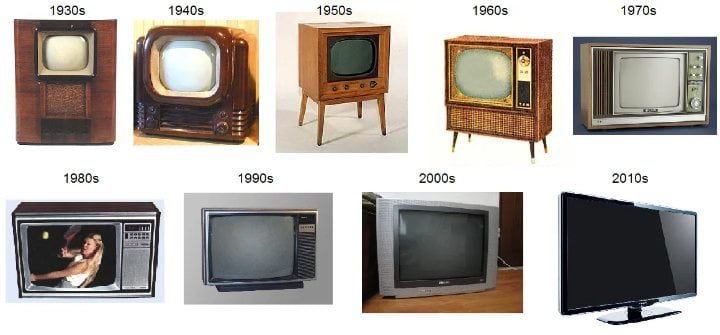
The story of television began in the late 19th century with inventors and visionaries who sought to transmit images and sound through electrical signals. It was not until the early 20th century that significant breakthroughs were made, leading to the development of mechanical television systems.
The ‘first’ generation of television sets was not like modern TV. The screen had a small motor with a spinning disc and a neon lamp, which combined together to give a blurry reddish-orange picture about half the size of a business card.
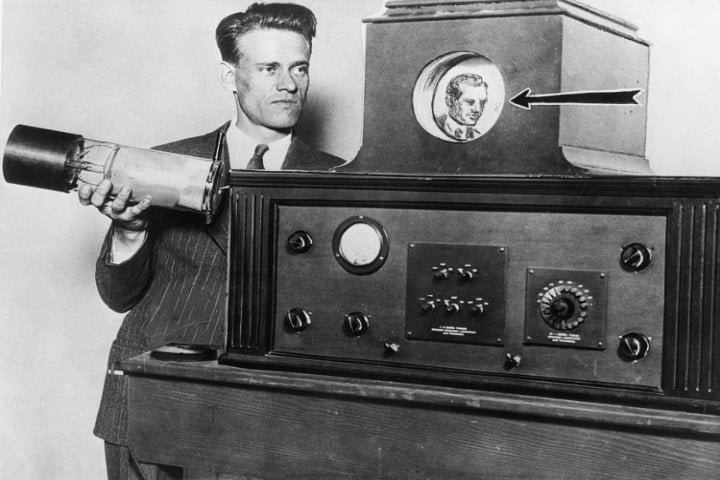
One of the key figures in the history of television is Philo Farnsworth, an American inventor who successfully demonstrated an all-electronic television system in 1927. This marked a turning point in the evolution of television, as it paved the way for more practical and efficient broadcasting methods.
The period before 1935 is called the ‘Mechanical Television Era.’
The early work on TV was mainly done in the USA, UK, Russia, Germany, and Japan.
The story of television began in 1924 when John Baird demonstrated TV transmission.
The General Electric Company of the USA started TV transmission experiments in May 1928. By the end of the year, 18 licenses were given to experimental stations.
The BBC began transmission on September 30, 1929, but closed in 1934.
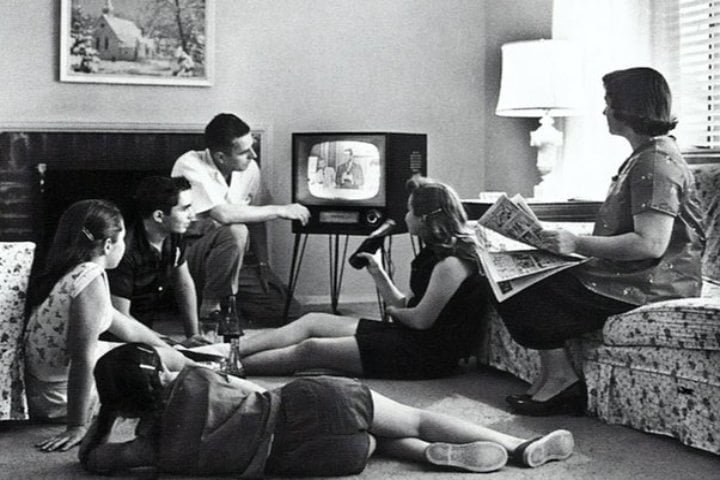
In March 1935, Germany started the first regular television transmission in the world.
Initially, the transmission was of 180-line pictures produced with mechanical cameras. Later on, electronic cameras came into use.
In November 1936, regular transmissions on the BBC began. The important events covered were Wimbledon, the boat race, and cricket. However, due to the Second World War, transmission ceased in 1939.
In the USA, regular TV transmission started in 1939.
NBC (National Broadcasting Company) was the first to telecast the feature film “The Heart of New York” in July 1939. CBS (Columbia Broadcasting System) also started its transmission in the same year.
By 1940, there were 23 TV stations in the USA.
After the Second World War, TV produced documentaries about the war.
In the early 1950s, the adoption of the NTSC (National Television System Committee) standard in the U.S. set the stage for standardized black-and-white television broadcasting.
The journey of television in India began on September 15, 1959, when Doordarshan was introduced as an experimental service in Delhi as part of the All India Radio services.
The introduction of color TV in the late 1950s brought a new level of visual experience into people’s homes. The advent of cable and satellite TV expanded viewers’ choices, offering a wide range of channels and programming options.
During 1955–57, the BBC started to produce regular news bulletins, commentaries, feature films, and entertainment-based programs.
The 1960s marked the widespread adoption of color television.
In 1960, lightweight cameras and recorders for sound recording were introduced in news and documentaries.
The age of satellite communication began in 1962 with the launch of “Early Bird,” the first communication satellite; “Intelsat” and “Intelspetnik” began operating in 1965 and 1971, respectively. Overall, in the 1970s, the use of communication satellites expanded, enabling global television distribution.
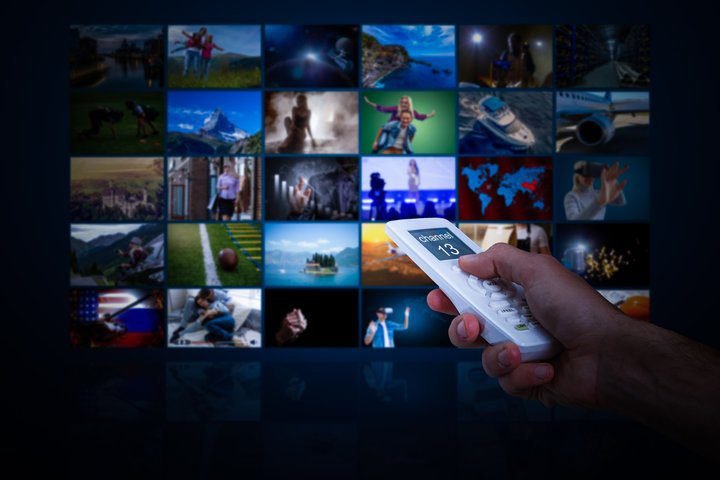
The 1960s and 1980s marked the widespread popularity of cable television, offering improved reception and a greater number of channels. The introduction of infrared remote controls further boosted the rise of cable networks.
The 1990s marked the development and introduction of flat-screen technologies like LCD and plasma TVs. The next technological breakthrough came in the 2000s, when there was widespread adoption of high-definition (HD) television.
In 2009, the US and other major countries completed the transition from analog to digital television broadcasting.
Moving further, in the 2010s, the integration of internet connectivity into televisions led to the rise of smart TVs. With the advancement of the internet, streaming services have become dominant, changing the way people consume television content.
From 2010 to the present, there has been the introduction and increasing adoption of UHD and 4K television technology for higher resolution and better image quality.
These landmarks represent major advancements in the history of television, from its early days to the current era of high-definition, smart TVs, and internet streaming. The television industry continues to evolve with ongoing technological innovations.



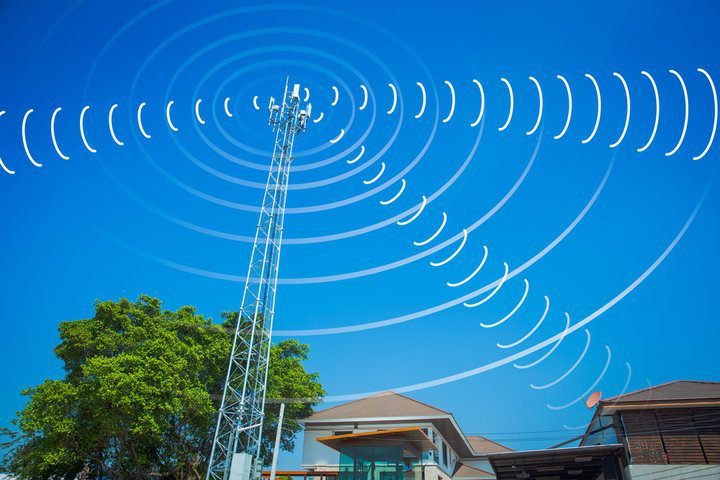




helpful information thank you